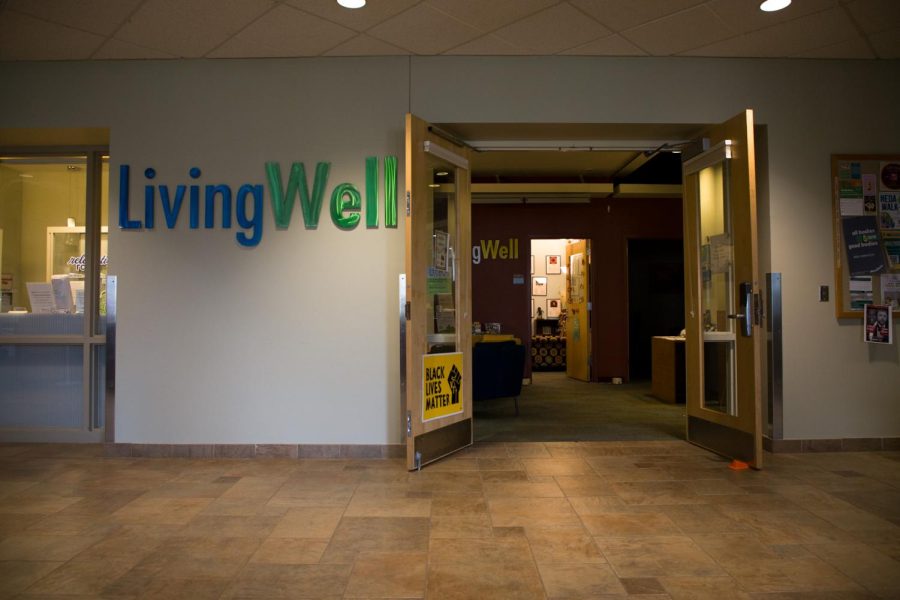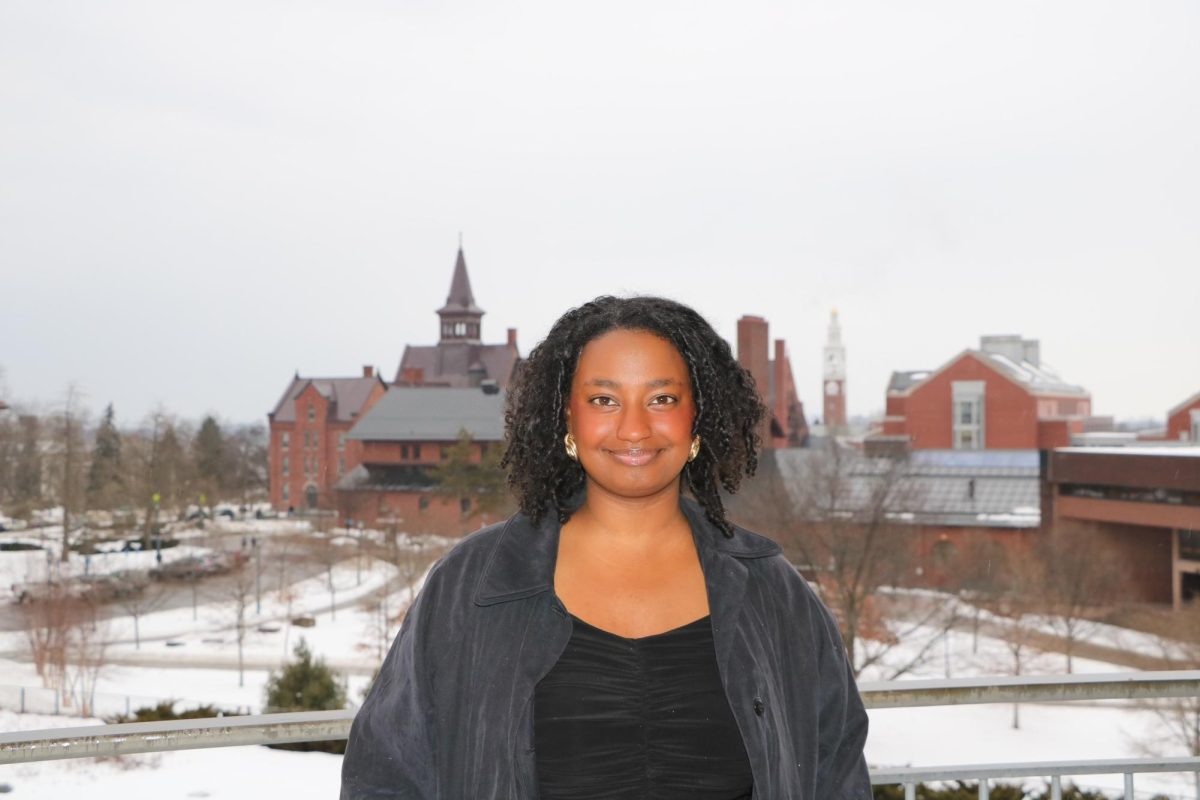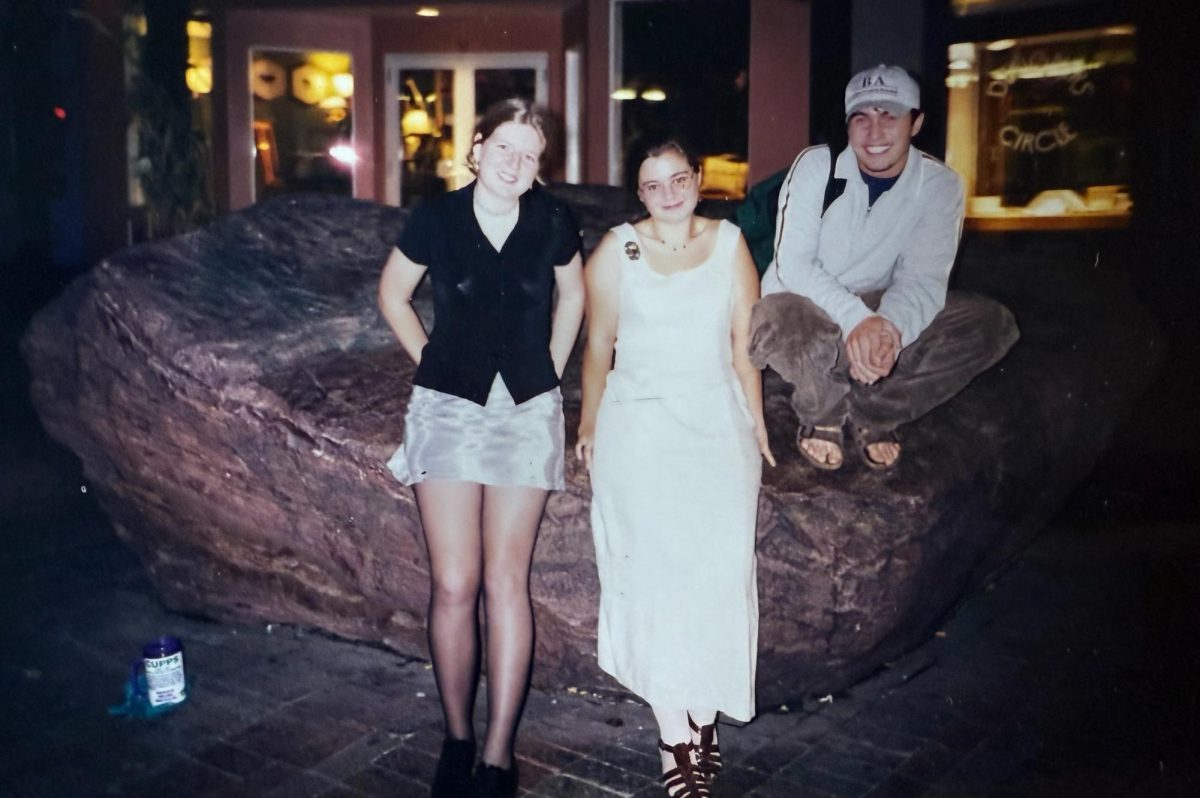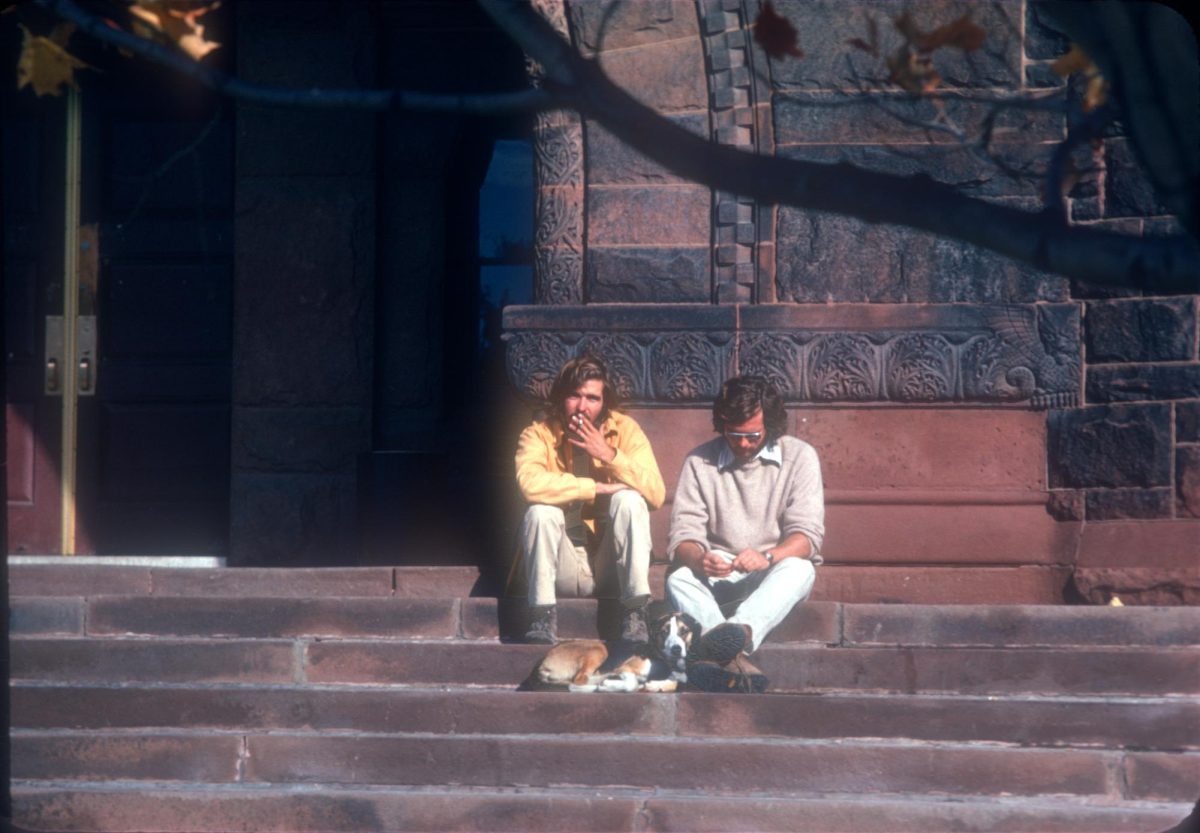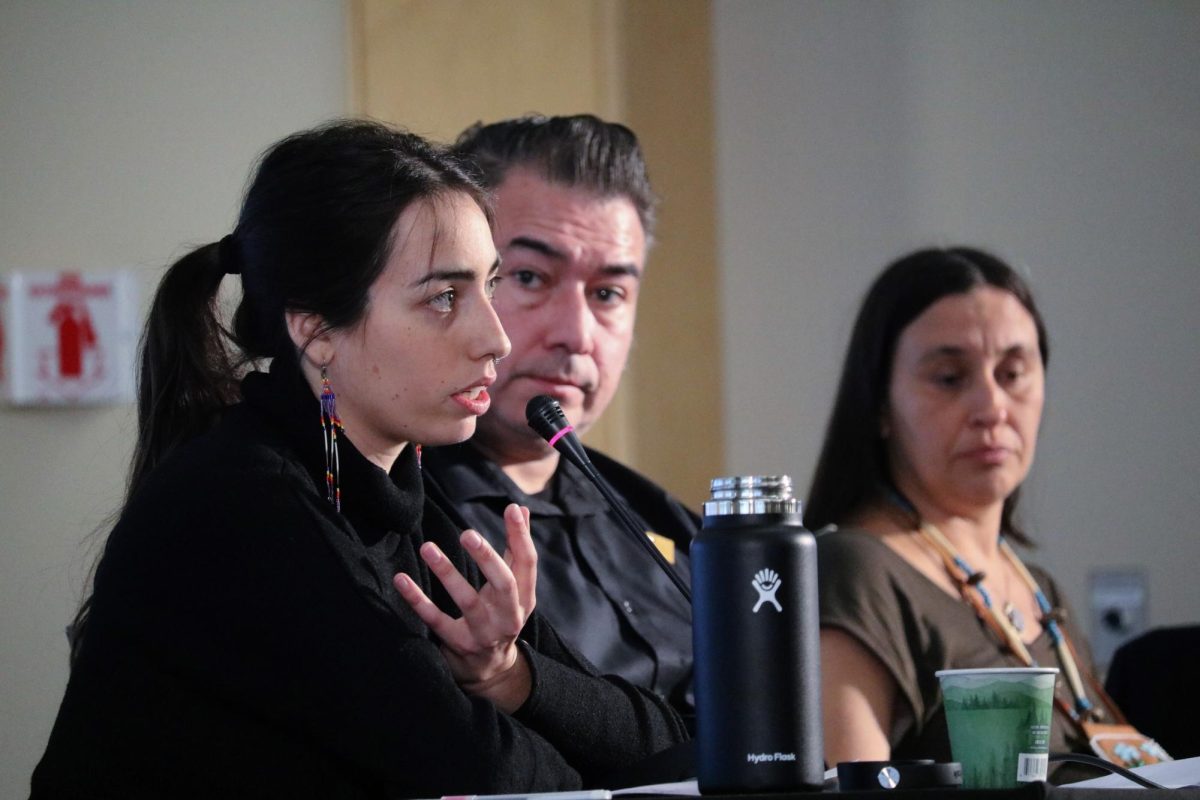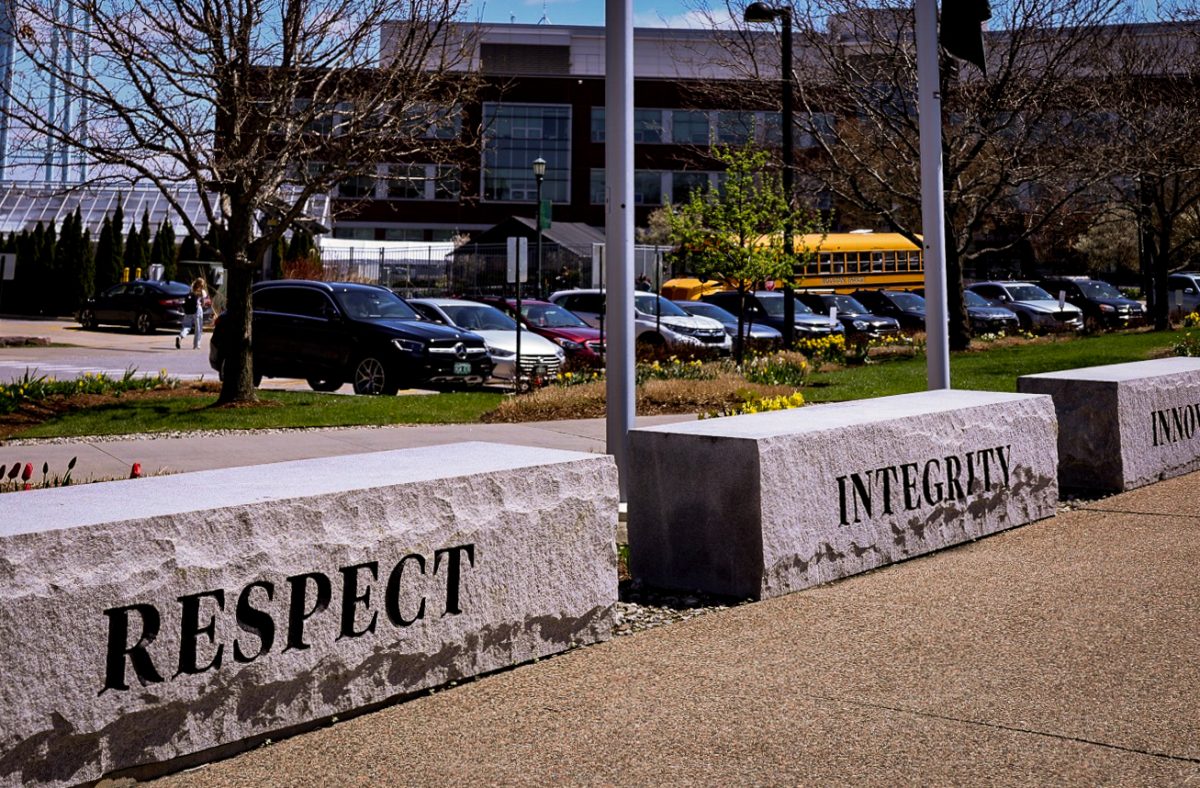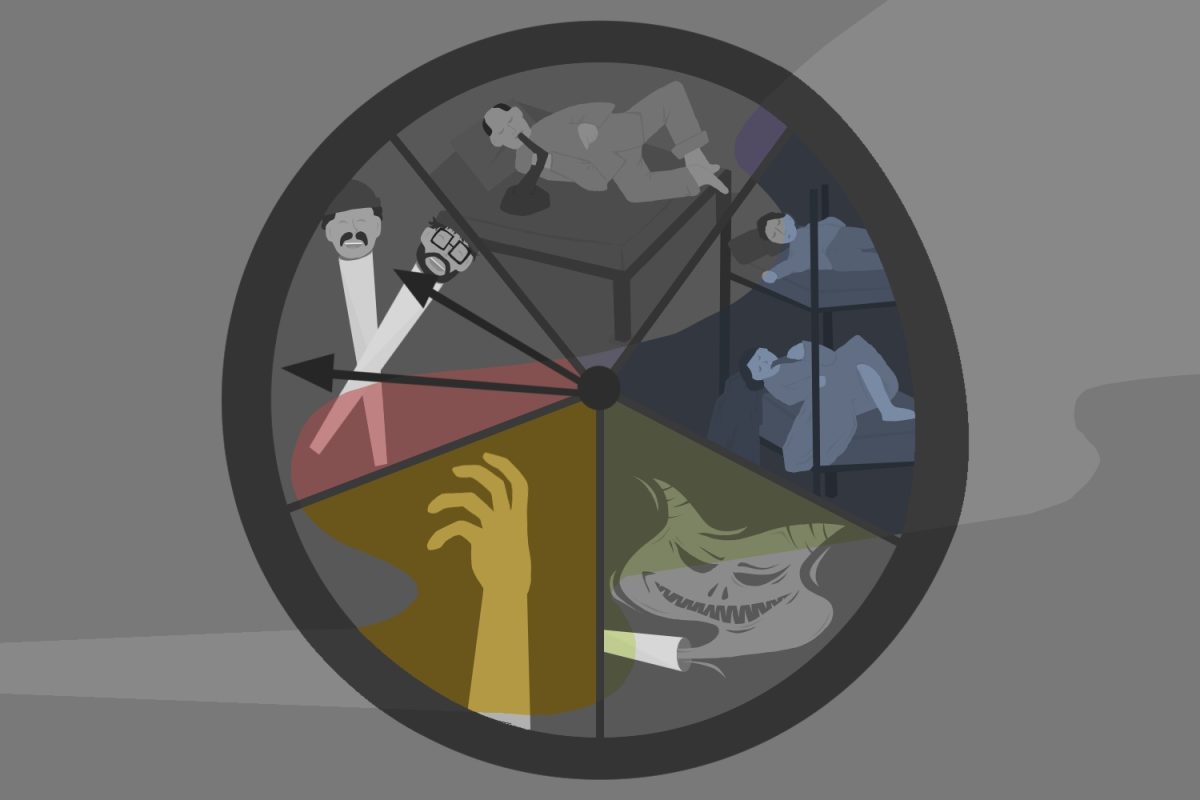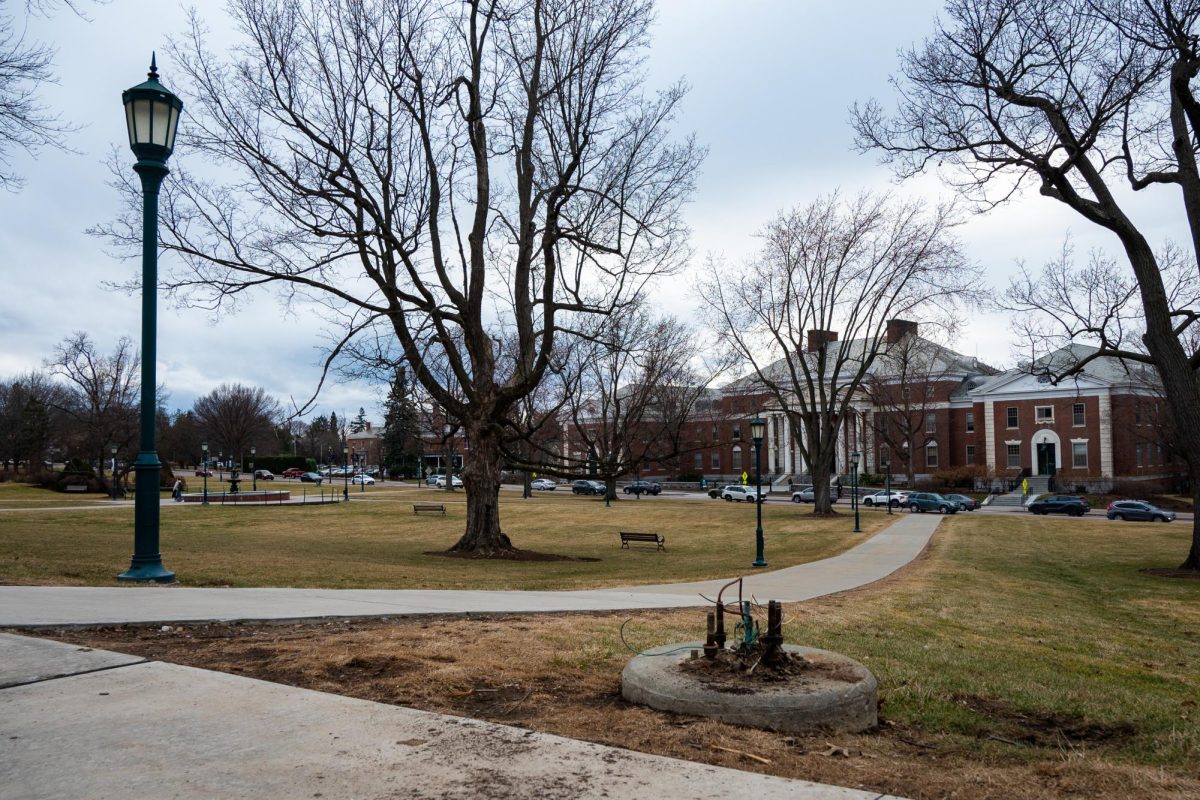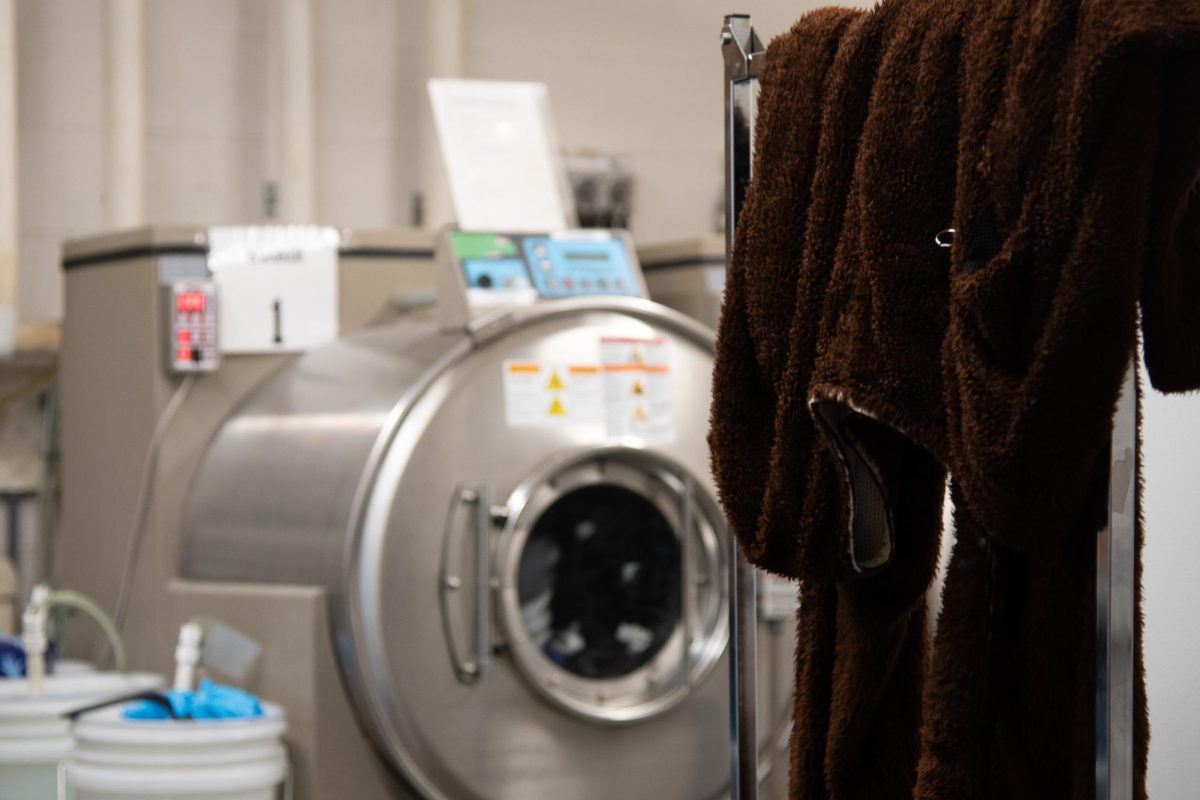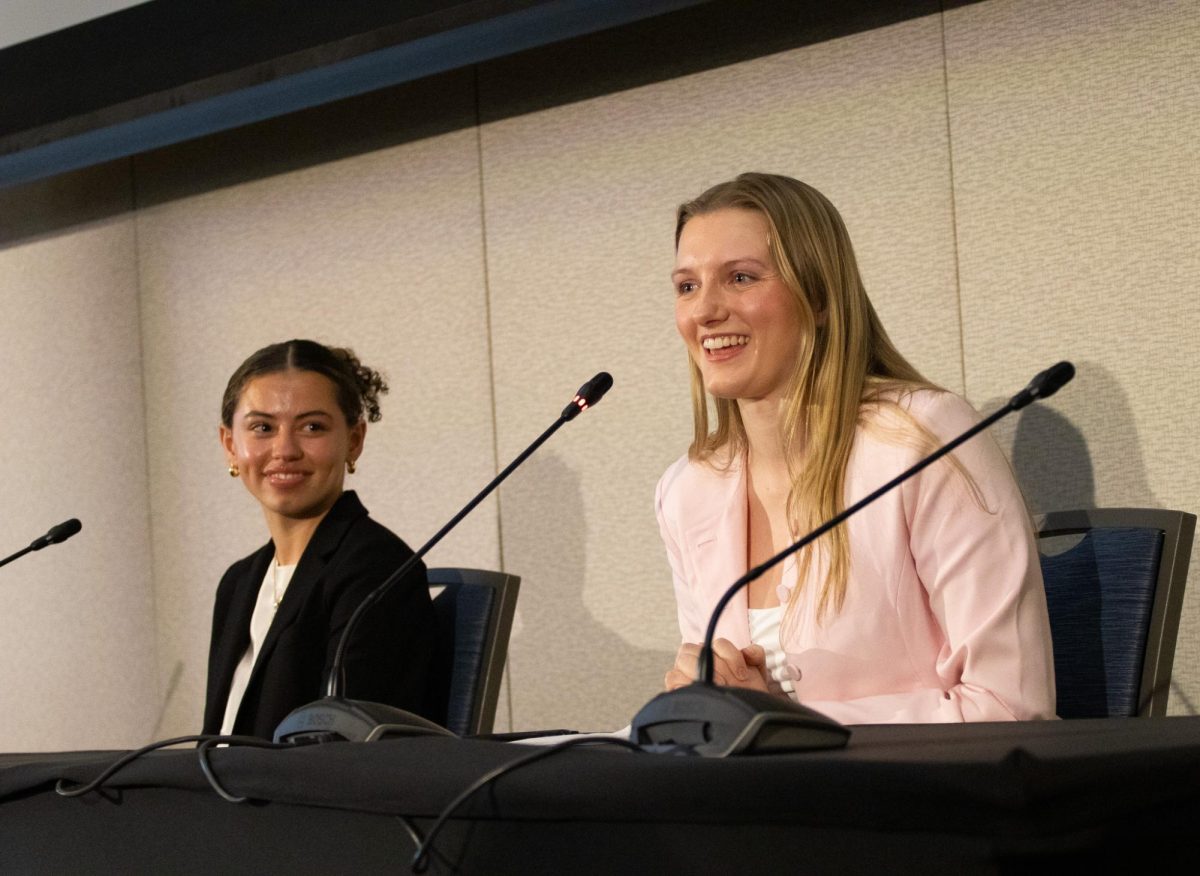On June 17, the following employees in the Center for Health & Wellbeing were terminated, according to Erica Caloeiro, Vice Provost of Student Affairs:
The Medical Director for Student Health Services
The Associate Director for Counseling and Psychiatry Services
The Associate Director for Education and Outreach
The Catamount Recovery Program Director
The Health and Sexuality Educator
The Mindfulness Program Coordinator
The Public Health Initiatives Manager
The Operations Coordinator for Education & Outreach
The Communications Manager for the Division of Student Affairs was also terminated, which is a Strategic Communications position that included communications for CHWB.
That morning, Jenna Emerson, the former health and sexuality educator in Education Outreach in the CHWB, received a calendar invite for an unexpected meeting. Upon discussing it with some of her coworkers, she discovered that they had also received the same invite.
“Nobody knew what was going on,” she said. “Even our supervisor didn’t know anything.”
In this meeting, Emerson was informed that she, as well as her position, was terminated – effective immediately.
“I need to schedule a time with somebody to be escorted back into the building,” she said. “I can’t even come into work to say goodbye to anybody.”
Following the terminations, the remaining staff at the CHWB received an email from Erica Caloiero, Vice Provost of Student Affairs.
The Education and Outreach functions of CHWB will be reorganized, the email stated, as will CHWB leadership. This includes alcohol and substance use support services being moved under Counseling and Psychiatry Services, positions in Education and Outreach that do not provide front line care discontinuing as well as three managing positions being terminated.
“This is a reorganization that centers and prioritizes student access to clinical care,” Caloiero said in an interview with the Cynic. “The goal of what we’re doing is to create a flatter hierarchy where functional leaders have a direct interface with the executive director. That’s the best practice, frankly.”
Troy Headrick, assistant director with the Center for Student Conduct and Vermont State Representative for the 15th district, received word about the terminations from his colleagues in LivingWell and expected to see something about it in his inbox, he said.
When Headrick got home that day, however, all he saw was an email from Erica Caloiero announcing the appointment of a new Executive Director for the CHWB, Blake Reilly.
Reilly comes to UVM from Bates College, where he served as associate dean of students and director of operations and administration. He comes to UVM after a search initiated in the spring semester and he will begin in his new role on July 22, Caloeiro said.
On Wednesday, June 18, Headrick decided to write a statement on his personal website outlining what he knew.
“When I’m intersecting with students who are not adhering to community expectations, it is often due to the fact that they’re struggling with anxiety, fitting in, with alcohol and substance misuse,” he said in an interview with the Cynic. “This news that we’re suddenly losing these staff members is going to have a profound impact on me as a staff member at UVM. It’s going to also have a profound impact on how the University at large is fulfilling its mission to serve students.”
Junior Cameron Sauve was in the application process for the LivingWell Good Stuff Internship where they would work with Jenna Emerson on programming in health and sexuality education within the Education and Outreach unit.
“I want to do work with sex therapy and sexual education and research, and that was kind of the only avenue in which I could do something to get experience related to my field, because it is such a niche subject,” they said.
On Monday, however, Sauve received an email from Jenna Emerson stating that she had just been fired and therefore the internship no longer existed.
“Even outside of that, personally, I have endometriosis and vaginismus which are the kinds of things that Jenna works with,” they said. “That’s a resource for people like me that I’m not sure is going to exist.”
Amy Boyd Austin started the Catamount Recovery Program in 2009 and worked as the director of CRP as well as one of the Alcohol, Cannabis and Other Drug Educators up until her June 16 termination.
This past year, the Catamount Recovery Program had about 45 students that were engaged in the program, which included community building activities, daily programming, resources as well as a one-credit class, Austin said.
“Everything that I did was about enabling students to build relationships,” she said. “I think it sent them a pretty strong message about what their value is by eliminating my position without a stated plan for how [the University] is going to support the students in this community.”
In a survey started by Staff United on June 19 documenting the community’s relationship with LivingWell, with over 800 responses, the CRP was mentioned 47 times.
“Amy is the unifying voice of CRP, she works tirelessly and is endlessly supporting and loving of our community here at UVM,” wrote junior Callie Levitt, a member of the CRP. “This program and Amy have absolutely changed my life and the lives of my peers for the better. I can’t help but express my feelings on this matter, and how poor the decision to remove her from the staff is.”
The University will continue to support students who are in recovery, with the two current staff members dedicated to harm reduction and substance misuse moving under a clinical umbrella, Caloiero said.
Education and Outreach is the first of many units within the CHWB to be integrated, she said.
“Let’s say I have an eating disorder and anxiety and a concussion; I may be case managing for myself in a complex way across multiple providers,” Caloiero said.
With an integrated approach to health care, there’s a team of people who are not just counselors or not just primary care providers, but there are multiple disciplines working together, she said.
“This helps them do the case and care management for students that is more efficient and more effective,” Caloeiro said.
In order to form this multidisciplinary team, the University plans on integrating current employees as well as hiring new professionals, she said.
“We’re very careful to honor the rights of staff whose positions are eliminated so they have a couple of options,” Caloiero said. “One of those options is job placement. If they identify a position that’s available at the University and they’re qualified for it, then they can choose job placement. And there are a couple of staff who I’m hoping will choose that option.”
Of the eight people fired, six were part of the bargaining unit within UVM Staff United, meaning they’re covered by their contract and the provisions and the rights unit, said Kara Williams, student systems tech analyst and co-lead steward of UVM Staff United.
“When [fired employees] receive their letter, contractually, they must be given 30 days notice,” Williams said. “When they receive their letter of 30 days notice they continue to work during those 30 days to transfer responsibility. In this case, though, there was absolutely no warning.”
Staff United has the right to meet and confer with the University about any layoffs of bargaining unit members, where the University tells Staff United why they need to cut these positions and/or people and Staff United can give them an alternate proposal, she said.
“The information provided thus far seems to be contradicting itself,” Williams said. “If this is a service for the holistic wellbeing of students, then cutting it does not then provide service to the holistic wellbeing of students.”
The union will meet with administration on June 24 to meet and confer. In the interim, they have asked for the University’s business plan for CHWB going forward in order to make a proposal of an alternative, she said.
“We have a contract which gives us rights and gives us protections,” said Ellen Kaye, co-president of Staff United. “But what we are working for here is dignity and respect for our staff, and [the University’s] actions showed neither.”
The University is ultimately looking to create a structure that is able to provide better, faster and clearer access to health care, Caloeiro said.
“A lot of what has been offered will continue to be offered,” she said. “Although it may look a little different, and does need to be structured and planned by the new executive director and the new leadership team, LivingWell still exists.”


